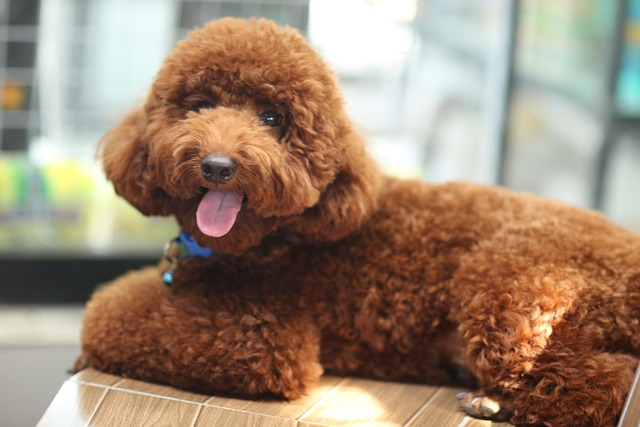
How can I tell if my dog's heatstroke is serious
Let’s be real: It’s a sticky August morning in Los Angeles, and you took your 2-year-old Golden Retriever, Max, for a walk a little later than usual
If you’ve ever watched your dog pant through a hot afternoon, you might wonder: Can their food help them beat the heat? The answer is yes—certain foods don’t just nourish; they help regulate body temperature, keeping your pup comfortable even when the mercury rises. Let’s explore which ones work and how to serve them.
First, moisture-rich foods are key. Dogs cool down by panting, which uses up water, so foods with high water content help them stay hydrated from the inside out. Watermelon (seedless) is a top pick—92% water, plus vitamins A and C. A vet in Florida told me, “I recommend it to owners of Huskies in summer—they love the sweet taste, and it keeps them from guzzling too much water at once (which can upset their stomachs).” Cucumber is another winner—crunchy, low-calorie, and 96% water. Freeze thin slices for a cool treat; perfect for teething puppies or seniors.
Cold, protein-rich options work too. Cooked, shredded chicken (no seasoning) mixed with ice cubes makes a “doggy slushie” that’s both hydrating and satisfying. Salmon, rich in omega-3s, supports skin health—helpful for dogs prone to summer dryness from AC. A friend in Arizona blends plain yogurt (unsweetened, no xylitol) with blueberries and freezes it in silicone molds—her Golden Retriever licks it for 20 minutes, staying cool the whole time.

Avoid heavy foods that generate heat during digestion. Skip fatty meats like beef or pork in summer; opt for lean proteins instead. Also, steer clear of salty snacks—chips or pretzels can dehydrate them further. Stick to natural, unprocessed foods to keep their systems running smoothly.
For apartment living: Store perishables like yogurt or cooked chicken in the fridge, and only take out small portions to avoid spoilage. Freeze treats in ice cube trays—they won’t melt as fast in air conditioning, and your pup will have a cool snack for hours. Clean bowls daily to prevent bacteria growth—no one wants a neighbor complaining about smells.
Culturally, never force your dog to eat “cool foods” if they’re not interested. Use positive reinforcement: Praise them when they take a bite, or play a quick game after they finish. Yelling will only make them avoid the food, going against America’s focus on reward-based care.
Compliance checks: While these foods are safe, keep up with rabies vaccines—required by law in all states. And during walks, even if your dog is cool and hydrated, pack poop bags. Cities like Chicago fine up to $50 for skipping this, summer or winter.
In short, the best cool foods are hydrating, light, and tasty. With these, your pup can beat the heat—one frozen treat at a time.

Let’s be real: It’s a sticky August morning in Los Angeles, and you took your 2-year-old Golden Retriever, Max, for a walk a little later than usual

You're enjoying a summer afternoon at the park when you notice your dog has stopped panting and appears disoriented - their gums are bright red

Let’s paint the picture: You’re in your Denver apartment, watching your 4-year-old Boston Terrier, Ruby, plop down mid-play session with her favorite toy

Many dog owners notice their pets nails seem shorter after regular walks,but how much does this daily activity actually help?The answer depends on where you walk—concrete sidewalks or asphalt streets gently file nails as a dog's paws hit the ground

Most dog owners notice their pup scooting across the carpet at some point, but few connect it to impacted anal glands. These small sacs near a dog’s rectum secrete a scent for marking territory

Most vets agree that regular dog teeth cleaning is key to avoiding painful dental issues later. For healthy adult dogs, a professional cleaning at the vet’s office every 12 to 18 months usually works well.